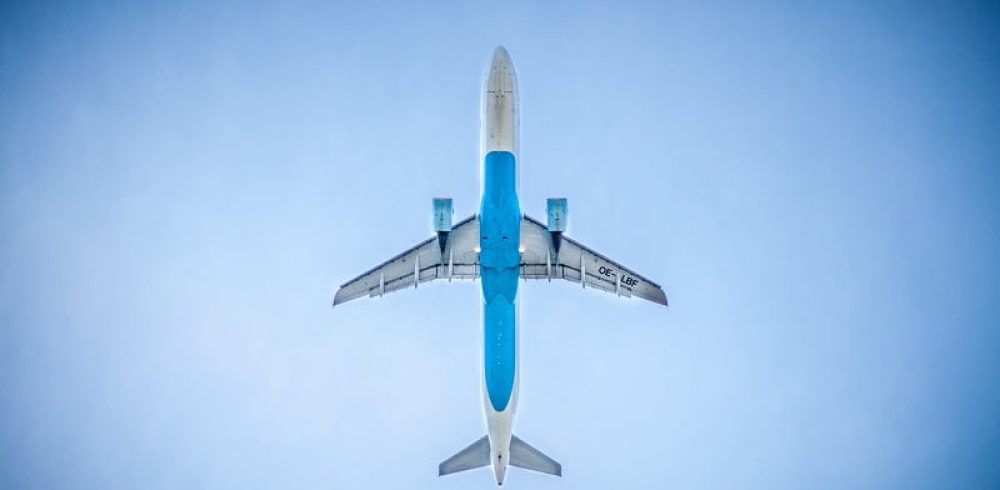Certain materials have to endure a lot over the course of their lifetime, structures such as airplanes are exposed to unavoidable vibrations that causing aging and cracking, making the vehicle obsolete. Researchers at the University of Michigan have discovered that designing surface areas more like tooth enable could be the way forward in innovative creation.
Certain materials can become soft and donât survive the harsh conditions they are subjected too, this applied to components such as motherboards and chassis. For inspiration on how to aid this for future manufacturing the researchers looked to nature. They examined various structures in animals that had to withstand shocks and vibrations such as bones, shells and carapaces before looking at teeth. While certain components of animals differ across specie, tooth enable has a similar structure no matter where its origins are, be it a lion or a sea urchin.
Evolution has aged and changed design of endless aspects in nature but teeth appear to have remained similar, with tooth enable being found on animals long extinct such as the tyrannosaurs. Unlike bone, enamel has to last the lifetime of the tooth thus withstanding decades of stress and vibration without cracking.
It is hoped that synthetic versions of enamel will be brought into practise for the design of various electronics and structures, while it seems enamel is certainly up to the job means of production are still uncertain. The journal Nature are publishing a paper titled: `Abiotic tooth enamel` that will explore the ideas and theories further.









